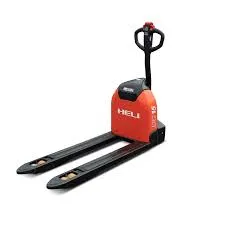


Safety Equipment for Working at Heights Ensuring Protection and Compliance
Working at heights poses significant risks, making it crucial for workers and employers to understand and utilize proper safety equipment. The dangers associated with height-related tasks can lead to serious injuries or fatalities; thus, having the right safety gear is essential for protecting workers and maintaining compliance with health and safety regulations.
First and foremost, personal fall protection systems (PFPS) should be a priority. These systems typically consist of harnesses, lanyards, and anchor points designed to secure workers during elevated tasks. A well-fitted safety harness distributes the force of a fall across the body and is vital for minimizing injury risks. It's essential to select a harness that meets the specific requirements of the job and to ensure that all equipment is regularly inspected for wear and tear.
Lanyards are another critical component of fall protection systems. They connect the harness to a secure anchor point and come in various types, including shock-absorbing and retractable options. The choice of lanyard depends on the nature of the work and the fall distance. Shock-absorbing lanyards are particularly valuable as they reduce the deceleration forces experienced during a fall.
In addition to harnesses and lanyards, safety helmets are essential for safeguarding against falling objects. Hard hats should meet the applicable safety standards and fit securely to provide adequate protection. Some helmets also feature built-in attachment points for other safety equipment, enhancing versatility in various working environments.

Guardrails and scaffolding also play crucial roles in preventing falls when working at heights. Properly designed guardrails can effectively eliminate the risk of falls from edges. Scaffolding, if erected correctly, provides a stable and secure working platform. It is vital that scaffolding meets regulatory standards and is inspected regularly to ensure ongoing safety.
Furthermore, the use of safety nets can provide an additional layer of fall protection. These nets catch workers if they slip or fall, thereby reducing the risks associated with falls. Installing safety nets requires careful planning and consideration of their placement to ensure maximum efficacy.
Training is equally important when it comes to working at heights. Workers must be educated on the proper use of safety equipment, risk assessment, and emergency procedures. Regular training sessions not only keep workers informed about best practices but also instill a culture of safety within the organization.
In summary, working at heights is fraught with dangers, but utilizing the right safety equipment can significantly mitigate risks. Personal fall protection systems, safety helmets, guardrails, scaffolding, and safety nets all contribute to creating a safer working environment. Organizations must ensure that their employees are trained in both the use and maintenance of this equipment to promote safety and compliance. By prioritizing safety gear and education, we can protect workers and reduce the incidence of falls, fostering a safer workplace for all.



